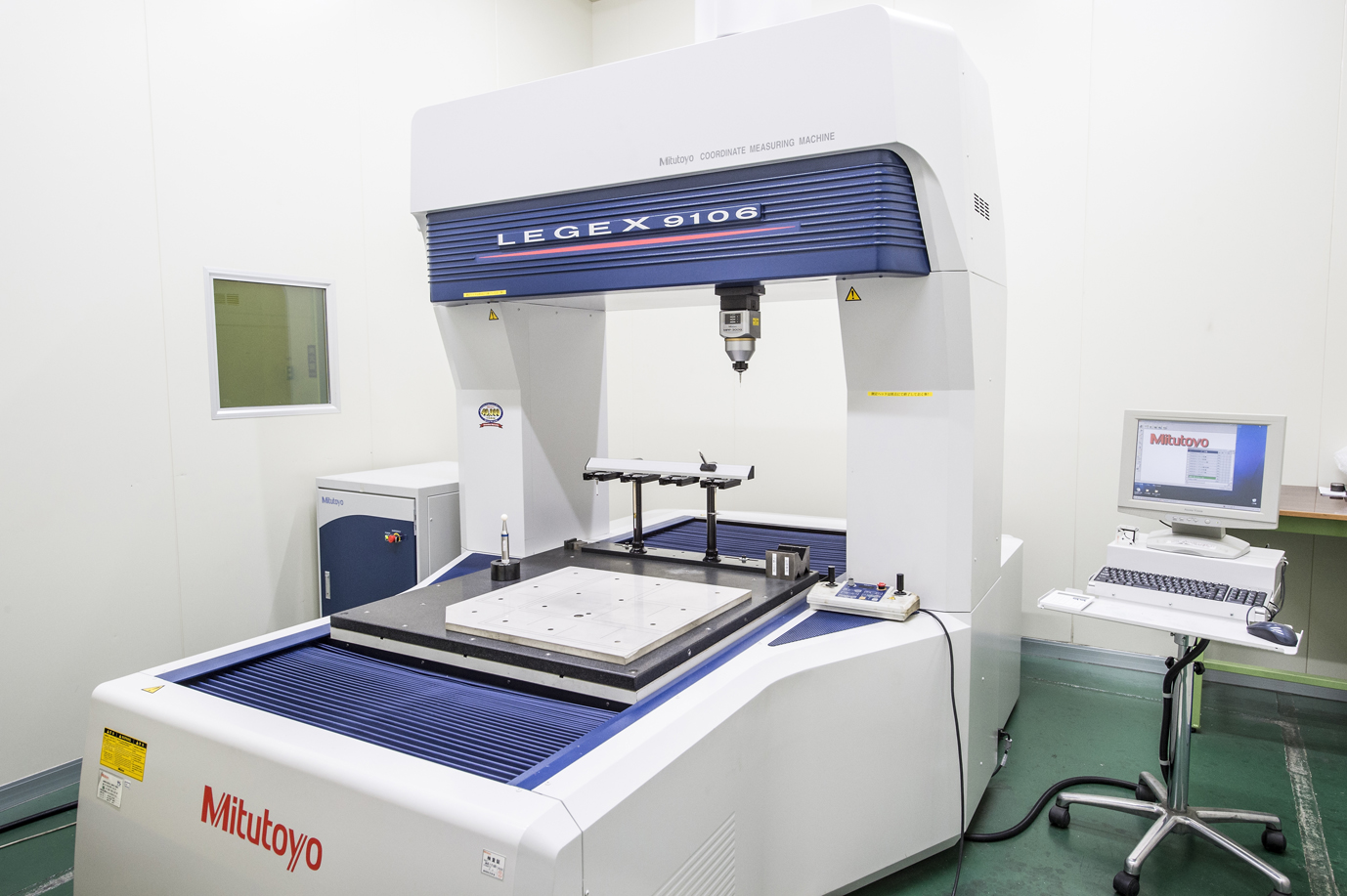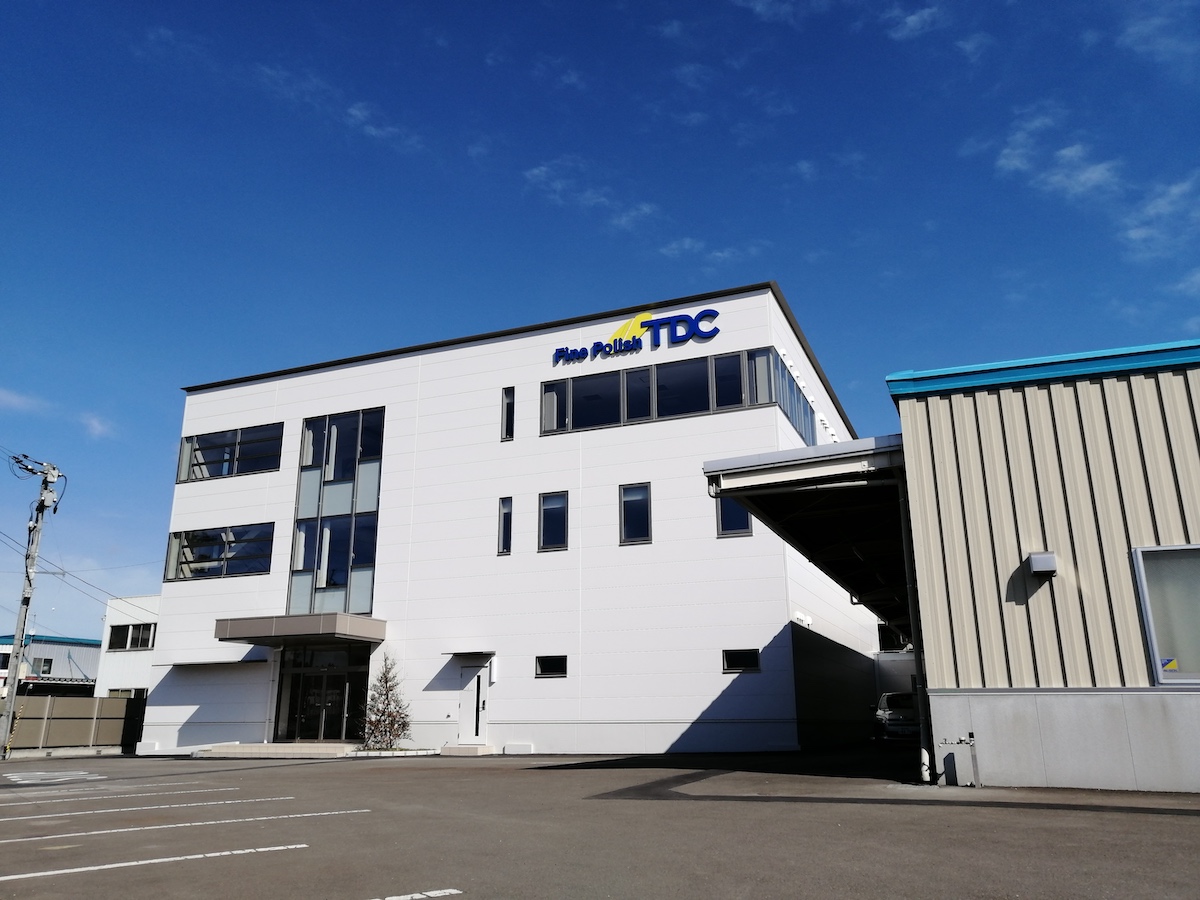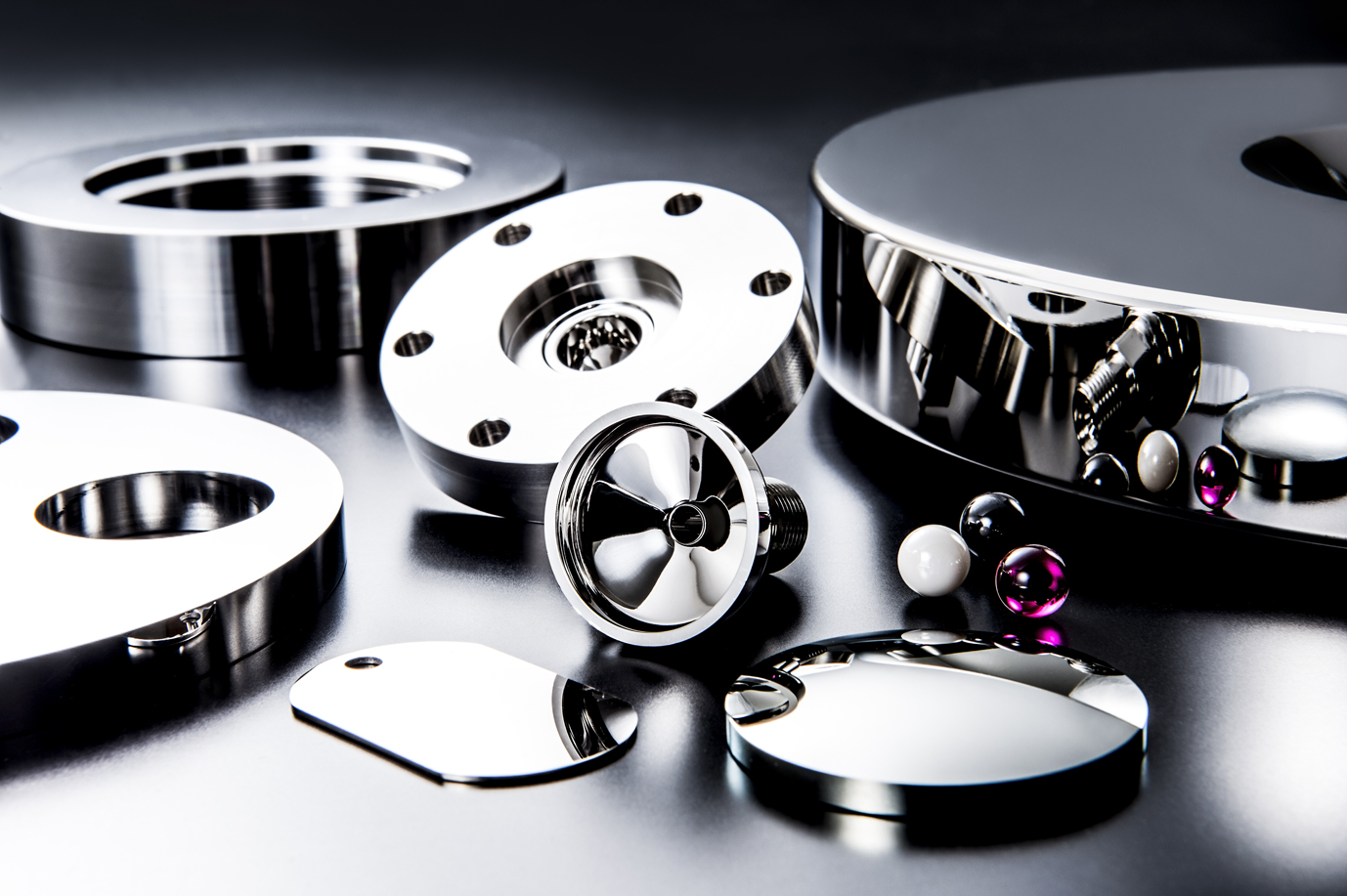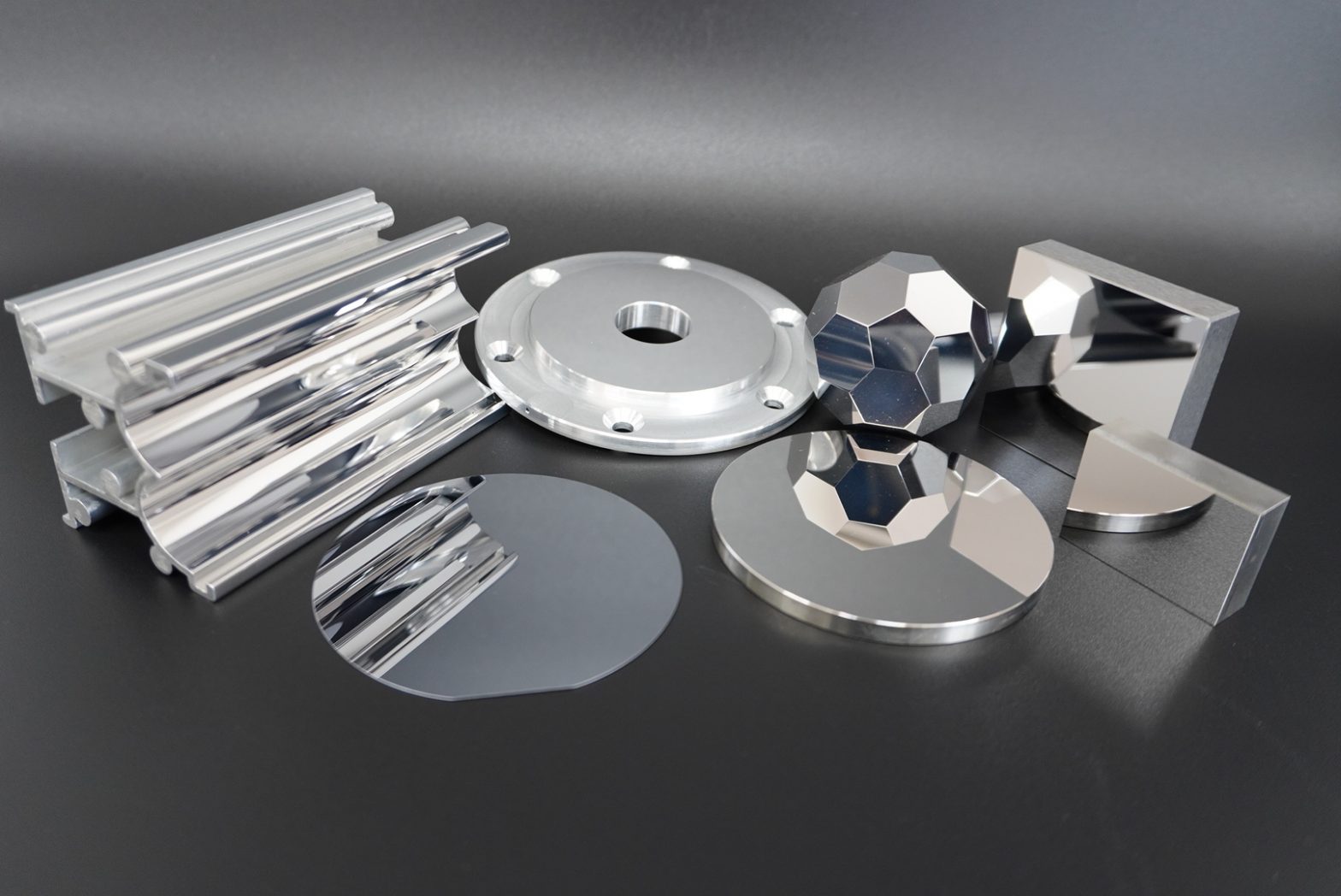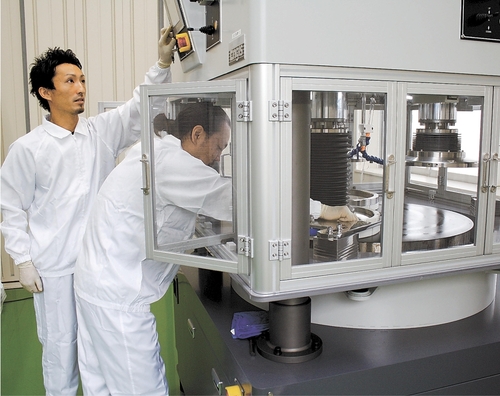Ultra-Precision Polishing and Machining Service
Contents
Achieving Ra1 Nanometer-Level Ultra-Precision Polishing and Machining
At TDC, we specialize in the field of “ultra-precision polishing and machining,” including mirror finishing. Through the pursuit of advanced techniques in this specialized area, we have achieved processing capabilities with surface roughness at the Ra1 nanometer level.
One nanometer is one-billionth of a meter, approximately one hundred-thousandth the thickness of a human hair. Naturally, this level of precision is invisible to the naked eye. To ensure quality, we have equipped ourselves with highly accurate measurement devices capable of quantifying precision at this microscopic scale. By repeating polishing and measurement processes, we continuously enhance our quality standards.
In TDC’s ultra-precision polishing processes, we utilize lapping machines, polishing machines, surface grinding machines, as well as custom-developed proprietary equipment and tools. This allows us to achieve two or more geometric tolerances—such as flatness, parallelism, dimensional tolerances, surface roughness, or squareness—simultaneously at a nanometer scale.
Our expertise is trusted in various fields requiring ultimate precision, such as semiconductor manufacturing equipment, optical components, and precision measuring instruments. We have successfully improved flatness and parallelism in precision stages and tables used in these applications.
For more details on our achievements, please visit our “Case Studies” and “Machining Examples” pages.
Capable of Handling
All Materials and Shapes
One of TDC’s key strengths is our ability to perform ultra-precision polishing at the Ra1 nanometer level on virtually any material and shape.
From metals to ceramics, glass, resins, and even stone surface plates, we have extensive experience processing a wide range of materials, including hard-to-machine and difficult-to-process materials.
We serve a diverse array of fields, including semiconductors, advanced medical technology, measuring instruments, machine tools, and more. In addition, we support research institutions and even artistic projects with our world-class ultra-precision polishing capabilities.
In recent years, TDC’s nanotechnology has been utilized in cutting-edge aerospace and space exploration research and development. Our contributions include NASA’s “Balloon Project,” the “BICEP3 Telescope” for observing cosmic microwave background radiation (CMB) in Antarctica, and JAXA’s “Hayabusa2,” which successfully landed on the near-Earth asteroid Ryugu. These projects demand the ultra-high precision and quality that only TDC can deliver.

TDC’s Ultra-Precision Polishing and Machining /
Services for Semiconductors and Ultra-Precision Components
At TDC, we meet the needs of customers facing challenges in precision machining through ultra-high-precision polishing, cutting, and grinding.
Additionally, we offer essential services for semiconductor and ultra-precision component manufacturing processes, including precision cleaning and precision measurement.
For more details, please visit the pages below.
TDC Information
Related page





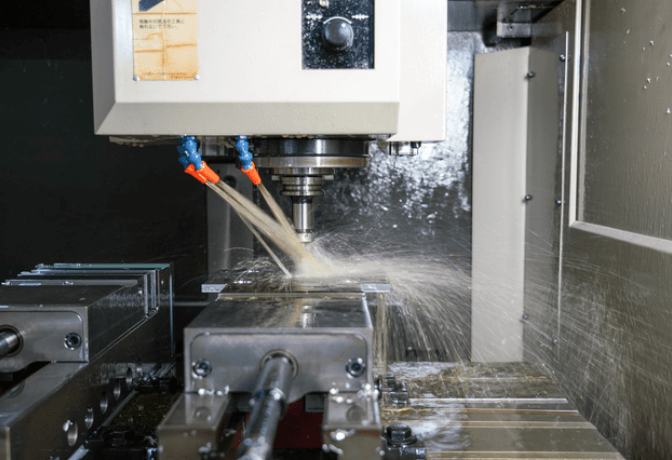

.jpg)
